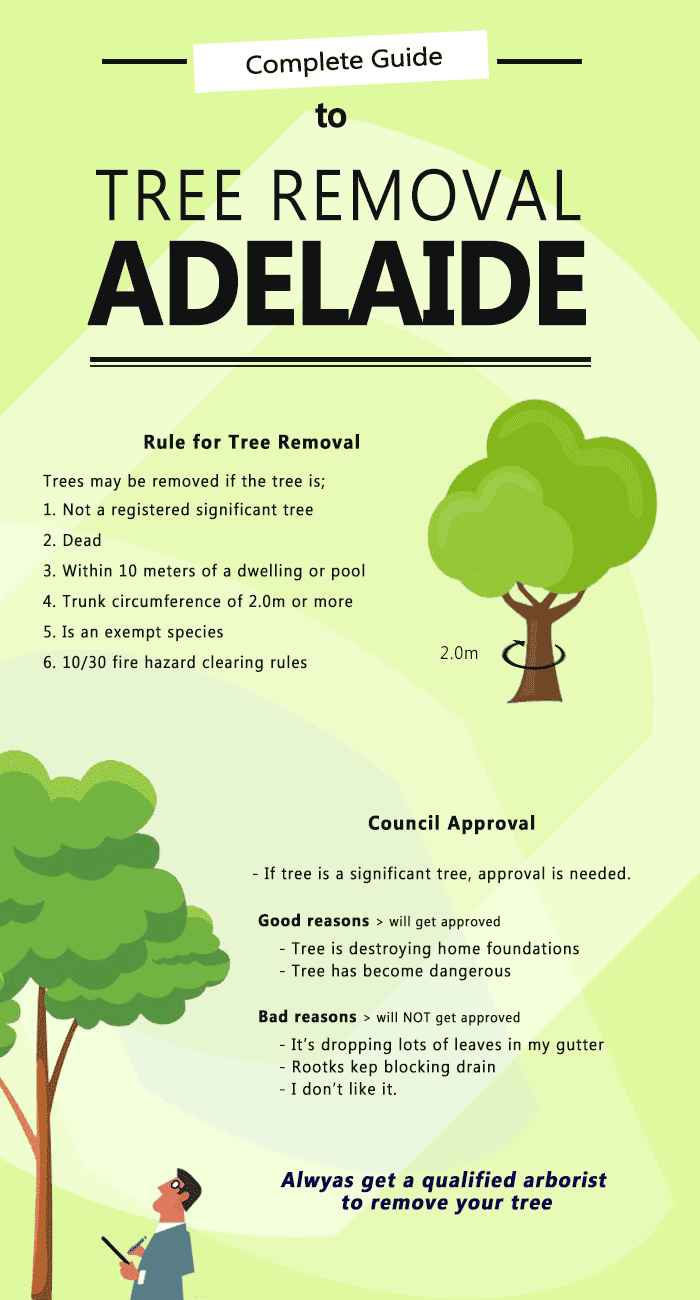Post-Tree Removal Assistance: How To Effectively Recover Your Landscape
Post-Tree Removal Assistance: How To Effectively Recover Your Landscape
Blog Article
Material Develop By-Langley Cho
After a tree's removal, your landscape may look rather various, and it's essential to examine the after-effects very carefully. You'll wish to evaluate the dirt disruption and inspect surrounding plants for any kind of indicators of tension. Neglecting these variables can lead to larger issues down the line. So, what should you finish with those stumps and origins? And exactly how do you pick the best plants for your rejuvenated space? Allow's explore these vital steps.
Analyzing the Consequences: Evaluating Your Landscape
After a tree removal, it's essential to assess your landscape to comprehend the impact it carries your lawn.
Beginning by checking out the location where the tree stood. Seek indications of dirt disruption, and examine the bordering plants for any tension or damages.
You must likewise take note of how the elimination has actually transformed sunshine exposure and airflow in your garden. This shift can influence the growth of nearby plants, so it's essential to assess their wellness.
Consider the aesthetic elements too; the removal may create an open space that you can upgrade.
Lastly, think about any type of possible erosion problems that could emerge from the tree's absence. Resolving these aspects early will help bring back equilibrium to your landscape.
Handling Stumps and Origins: Options for Removal
When you have actually assessed the aftermath of the tree removal, you'll likely need to deal with the stump and origins left behind.
You have a few options for removal. One effective technique is stump grinding, where an expert makes use of a machine to grind the stump down to below ground level. This strategy leaves very little interruption to your landscape.
If you choose a DIY method, you can utilize a combination of excavating and chemical stump removers. Just keep in mind, this procedure can take time and initiative.
Alternatively, consider leaving the stump as a natural attribute, which can serve as a distinct yard component or habitat for wild animals.
Whatever you select, attending to the stump and roots is important for restoring your landscape.
Choosing the Right Plants for Your New Area
As you analyze your freshly removed area, picking the right plants can dramatically enhance your landscape's appeal and capability.
Beginning by considering the sunshine and soil conditions. For warm locations, opt for drought-resistant plants like lavender or succulents. In shaded spots, ferns and hostas prosper well.
Consider the dimension and growth habits of your plants; mix perennials and annuals for seasonal variety. Do not neglect to integrate Pruning Pine Trees call for less maintenance and support regional wild animals.
Team plants in odd numbers for a more all-natural appearance and produce layers for visual depth.
Ultimately, guarantee you have a mix of shades and textures to maintain your landscape vivid throughout the seasons.
Happy growing!
Verdict
Finally, recovering your landscape after tree removal is a satisfying procedure. By assessing the consequences, addressing stumps and origins, and choosing the right plants, you'll create a flourishing atmosphere. Don't neglect to include disintegration control procedures to shield your soil. With straight from the source and treatment, you can transform your room right into a lively yard that enhances your building. Embrace the chance to revitalize your landscape and enjoy the appeal of nature right in your backyard!
